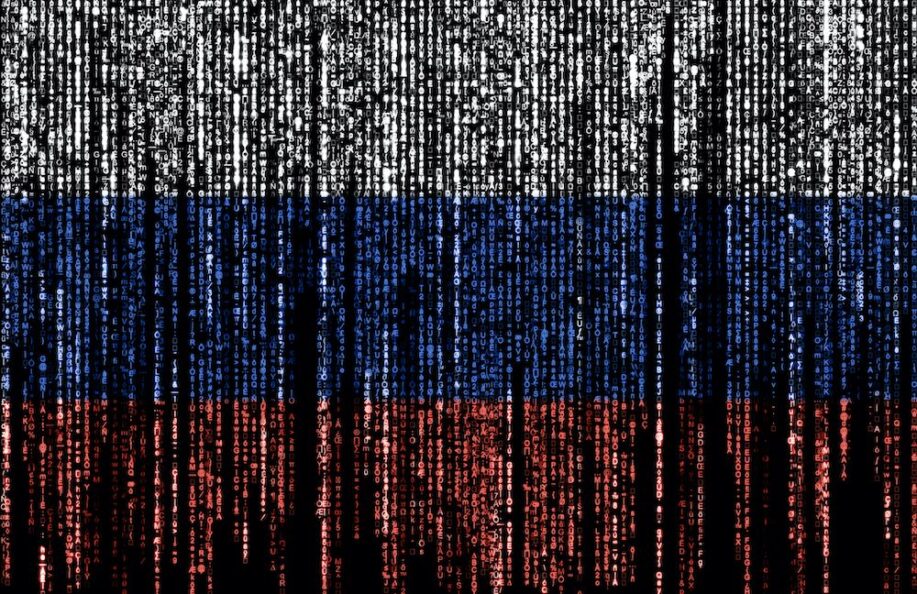Cybersecurity Collaboration: ESET Links Russian Hacking Groups Turla and Gamaredon
A recent analysis by cybersecurity firm ESET has uncovered evidence suggesting a collaborative effort between Russian hacking groups Turla and Gamaredon. Both groups are known affiliates of the Russian Federal Security Service (FSB) and have now been implicated in targeted cyberattacks, particularly affecting Ukraine.
Evidence of Collaboration
ESET’s findings indicate that Turla and Gamaredon were likely cooperating to enhance their cyber operations. Researchers hypothesized that Gamaredon facilitated access for Turla operators, allowing them to execute commands on compromised machines. This cooperation included the deployment of updated versions of Turla’s malware, known as Kazuar.
ESET’s report details multiple instances in February where four separate cyber incidents involving both groups were identified in Ukraine. During these incidents, Gamaredon employed a variety of tools—including those referred to as PteroLNK and PteroGraphin—while Turla utilized its proprietary Kazuar malware, version 3.
Key Findings and Technical Indicators
In their analysis, ESET highlighted a critical link between the two hacking teams by noting that Turla issued commands through Gamaredon implants. Specifically, they pointed out that PteroGraphin was employed to restart Kazuar, indicating a mechanism for recovery if the malware failed to operate correctly. ESET stated, “This is the first time that we have been able to link these two groups together via technical indicators.”
Subsequent reports by ESET in April and June confirmed the deployment of Kazuar v2 installers by Gamaredon malware. However, due to the timing of ESET’s software installations on affected devices, recovery of the original malicious payloads was unattainable.
Analyzing the Motivation
The collaboration between Gamaredon and Turla raises questions about their operative goals. ESET speculated that while Gamaredon compromises machines indiscriminately, Turla likely targets more sensitive systems containing intelligence of high value. This targeted interest underscores the strategic motivations behind the cooperation.
Implications for Cybersecurity
The findings from ESET not only shed light on the operational tactics of these Russian hacking groups but also highlight the growing complexity of cybersecurity threats. As collaborations between different hacking entities become more common, understanding such dynamics becomes critical for protecting sensitive information and national security.
The ongoing situation in Ukraine serves as a backdrop for these cyber strategies, with escalating tensions potentially influencing the scale and scope of future cyber operations. Cybersecurity experts and organizations must remain vigilant to safeguard against these sophisticated threats.
Conclusion
The evidence linking Turla and Gamaredon represents a significant development in the landscape of cybersecurity. As state-sponsored hacking efforts evolve, it becomes increasingly clear that partnerships among cybercriminal organizations can amplify their effectiveness. This serves as a reminder of the necessity for collaborative defenses against such transnational threats, especially in regions under significant geopolitical strain.
With ongoing vigilance and improved technical indicators, cybersecurity experts may bolster defenses and mitigate risks posed by these emerging threats. The implications of this cooperation could resonate far beyond the initial attacks, impacting international cybersecurity protocols and strategies.









